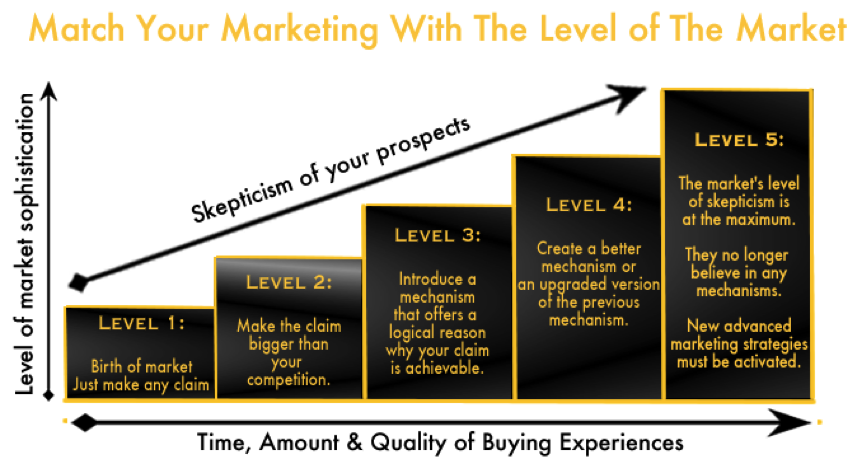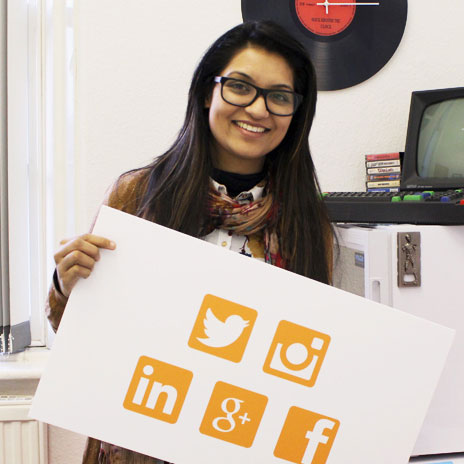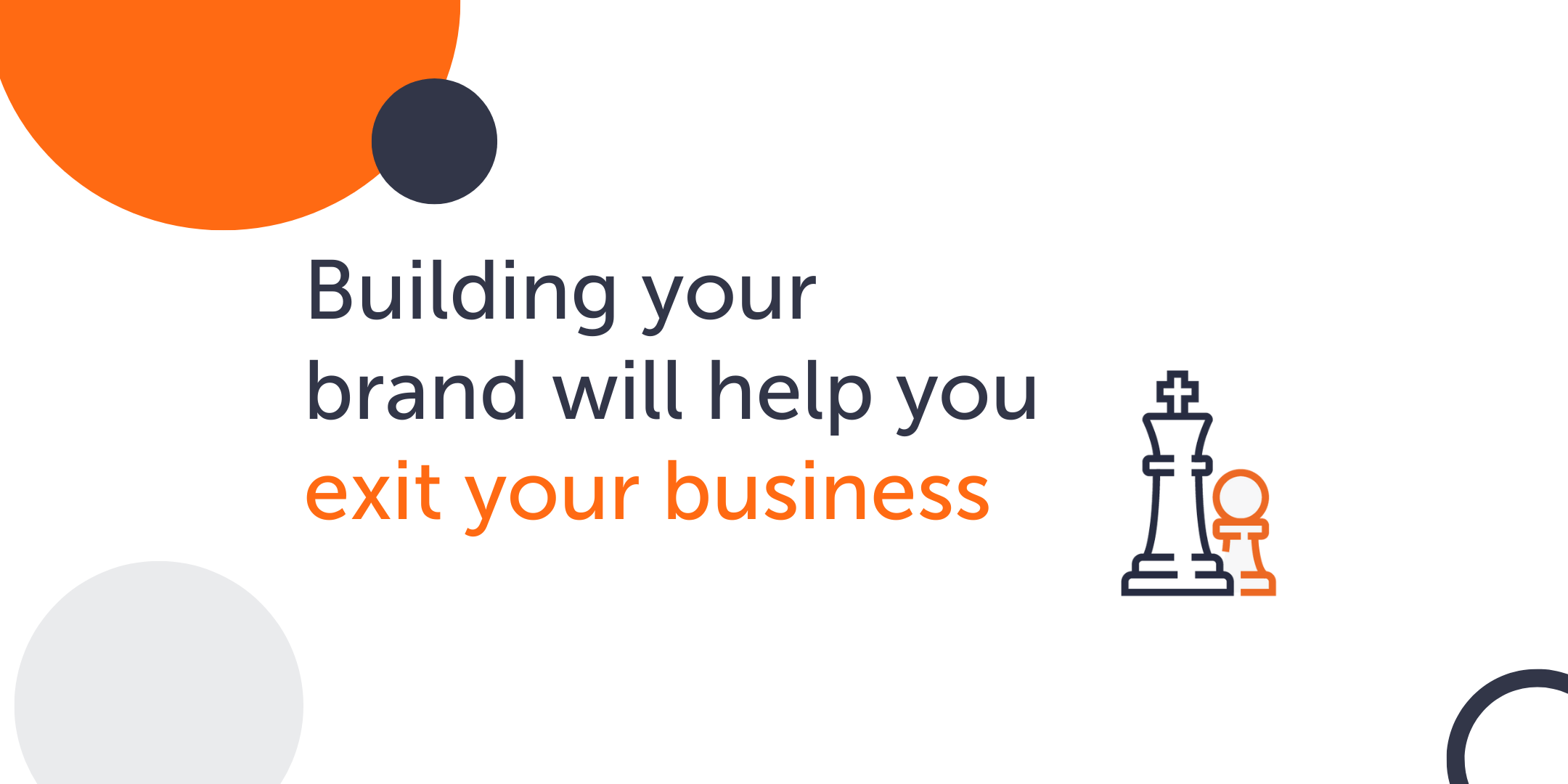Most businesses don’t know how to market their product or service to their desired target customer effectively. Generally, the process is a haphazard, desperate attempt, which often results in the opposite effect.
In this article, we outline the stages a market goes through known as ‘Market Sophistication’ and how you can use these insights to better place your product or service so that you can make sure your marketing is getting you maximum results.
In his groundbreaking book, Breakthrough Advertising, Eugene Schwartz outlines the 5 stages of market sophistication and how by understanding each stage you can identify the best level to place your product or service at.
Market Sophistication is the level at which your market is at in consideration to your product or industry, in other words, it is the level of maturity of your market to your product. The buyer in a highly sophisticated (matured) market is going to be much harder to convince with basic claims than a buyer in a relatively new and unexplored (less matured) market.

Below we outline each stage and also provide some examples of what the marketing message should look like at each level.
Level One
You are a pioneer. Your customers have never seen a product or service like yours before, you are the innovator, your product is new, exciting and you have no competition, (A great place to be!).
Marketing Angle:
As your customers have never seen anything like your product (they are not very sophisticated to this type of product), you can say anything in your marketing to attract them. The market is unsaturated so all you need is a simple no fluff statement or angle without any bells and whistles for them to become interested and buy.
Example:
“Our supplement helps you lose weight. Buy now”
Level Two
At this stage, you are no longer alone in the market. Other companies have picked up on your success and are slowly moving in with their alternatives. They are now competing for the same market as you.
Marketing Angle:
You are no longer the lone player in the market, so you must now expand your claim. Your target market now has a selection of companies to choose from for the same product or service and so you must extend your claim past your competitors claim to show them why they should choose you over them.
Example:
“Our supplement helps you lose 10lb, in a week!”
Level Three
The market is now saturated with companies competing on the same level with similar products and service as yours. At this level, your target market has been bombarded with exaggerated claims to the point of saturation so are full of skepticism.
Marketing Angle:
Shouting louder no longer works, your market has become sophisticated enough to recognise exaggerated claims and isn’t easily influenced.
To counter the skepticism that now exists in your market, and add credibility to your claims, you must create a ‘unique mechanism’ to differentiate your product or service from the rest.
Skepticism comes from uncertainty, so the mechanism you create must illustrate the ‘reason why’ your product is better than the rest, to allow the market to use that mechanism as a logical reason why they should buy your product over others.
The ‘mechanism’ can be in the form of a new device, process, strategy, invention, tools, software, or a simple concept. This mechanism is generally what forms the basis of your Unique Selling Proposition.
Example:
“Our unique supplement formula includes fat busting ingredients, which help you lose 10lbs in one week naturally, without starving yourself.”
The fat-busting ingredient is the unique mechanism here.
Level Four
The market is saturated with players that are coming up with all sorts of ‘unique mechanisms’ for their version of your product. Each one seems to be providing something ‘unique’ whether it’s the procedure they use to create the product or the particular strategy they use to get you a result!
All are now shouting about how their ‘unique mechanism’ is better than yours, or even how their ‘unique mechanism’ combines yours PLUS theirs.
Your target market is now extremely sophisticated to the choices available on the market and the various mechanisms that are available for the same product. Your target market chooses on the basis of the mechanism they feel best suits their requirements and offers them the most benefit.
Marketing Angle:
Like we did to go from level 1 to level 2, it is now required that you expand on your ‘unique mechanism’ claim. At this stage your ‘unique mechanism’ is not enough on its own, you must expand it to make sure it beats all other mechanisms on the market.
At this point, the strongest mechanism in the market will win the customer.
Example:
“Our unique supplement formula includes fat busting ingredients, which bind to dietary fat, preventing it from being absorbed into your bloodstream. This helps you lose 10lbs in one week guaranteed, or we’ll give you your money back!”
Level Five
This is the final stage of market sophistication. Your market is fully saturated with different versions of your product or service, the buyers are extremely sophisticated to the marketing messages out there and only respond to a certain level of marketing, which is level five.
Marketing Angle:
At this stage, the marketing is no longer based on the product or the ‘idea’ of the product but is focussed more on the ‘experience’, ‘relatability’ and ‘emotions’ of your customer. How does your product make your customer ‘feel’? How can they relate to the product? What experience does your product offer them that they can’t get anywhere else? All these are questions that can be addressed when your market is at level five.
It’s important to note that sometimes you don’t even have to state the product at this level as it’s all about the experience or the feeling that the prospect will go through rather than the product itself.
Very few companies do level five marketing well, but the ones that do almost do it effortlessly, examples include Coca-Cola, American Express Black Card, Amazon, and Disney, etc.
Example:
“Your old jeans are waiting for you…”
Here you are appealing to someone who would love to lose weight and get back into their old jeans. You are creating a visual which compels them to buy your product because they want the option to make that vision a reality, and they see your product as the one that will allow them to do that.
As you can see from the levels above, if your market sophistication level is four but your marketing message is at level one then you won’t get past the noise, hence why your marketing may be failing at getting you the results you are hoping for.
To create effective marketing for your product or service you must align your marketing message with the sophistication level of your market. This can only be done if you understand the stages outlined above and the current stage of your market or industry.
It can be difficult to know where to start when writing your marketing strategy. Our free marketing strategy template on creating a plan that gets results can help. Download now.


